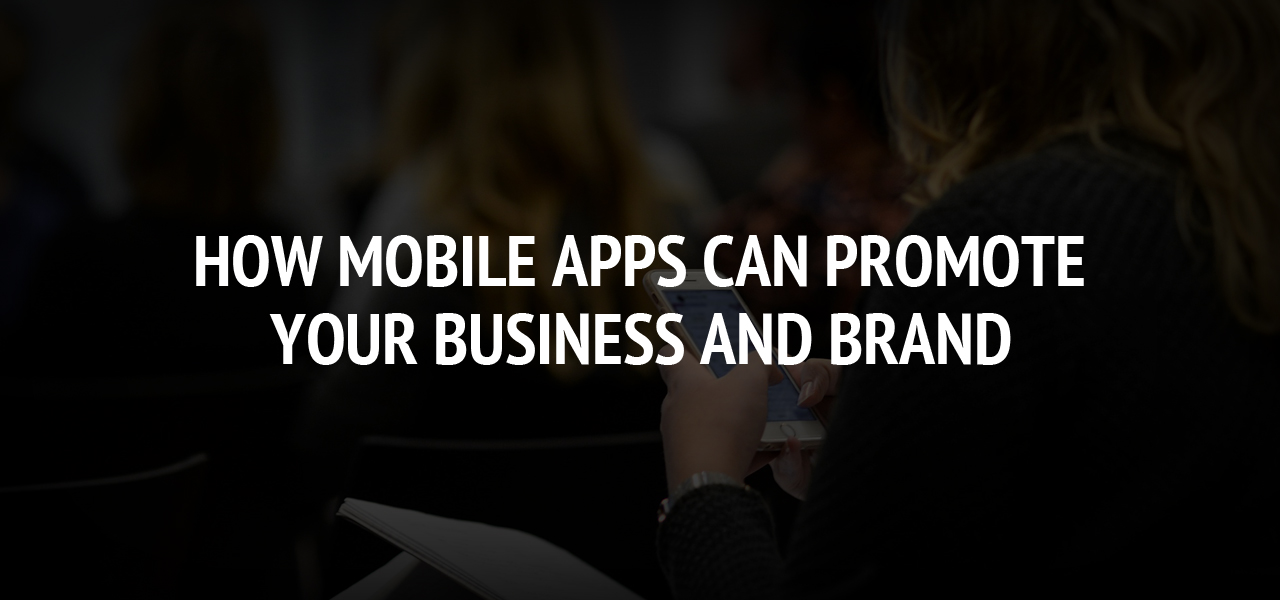Secrets to Building a Winning FinTech App

Developing a successful financial technology (FinTech) app takes more than just technical know-how and coding skills. It requires a comprehensive, end-to-end understanding of the entire development process, including how to build a fintech app. From researching competitors to designing the user interface, it's essential to have a deep understanding of the FinTech industry and its complexities. In this blog post, we'll uncover the secrets to building a winning FinTech app that users will love.
Understanding Your Target Market
Before you start developing your FinTech app, it’s important to understand your target market and the features they are looking for. Research the competition to see what their offerings are and determine how you can differentiate yours. You should also look into the latest trends in financial technology, as well as customer feedback on existing products in order to come up with innovative ideas that meet user needs. Once you have a clearer understanding of the user base you’re targeting, you can begin designing an app that contains the necessary features and functionality.
Creating an MVP (Minimum Viable Product)
Once you have an idea for your FinTech app, it’s time to start turning it into reality. The best way to do this is by creating a minimum viable product (MVP), which is a prototype containing only the essential features required for basic operations. This allows developers to quickly test out their concept and gauge user reactions before committing too much time or money into further development. In addition to being cost-effective, this approach also gives developers valuable insights into customer preferences that can be used to make improvements down the line.
Developing the User Interface (UI)
The user interface (UI) is arguably one of the most important aspects of any FinTech app because it directly influences customer experience. It should be intuitive enough so users don't need instructions in order navigate around, yet visually appealing enough so they want to stick around and explore more features. Remember: users expect seamless experiences where they can easily find what they're looking for within just a few clicks or taps! To ensure your FinTech app meets these expectations, use principles such as consistency, feedback mechanisms, visual hierarchy, clarity, and accessibility when designing its UI/UX components.
Testing & Deployment
Beta testing is another must before releasing your finished product – it allows developers to spot issues not found during internal testing phases and make changes accordingly. Additionally, having QA checks in place helps ensure all functionality works correctly prior to launch date. Once everything has been tested properly and debugged appropriately – then it's time for deployment! Depending on whether you're targeting iOS or Android stores or web applications hosting services such as Amazon Web Services (AWS), there will be various steps involved in getting your app ready for public release. Make sure to thoroughly research each platform's submission guidelines before submitting so everything goes smoothly!
Conclusion
Creating a successful financial technology app takes more than technical expertise; it requires careful planning and market research beforehand in order to create something users will actually love using. By understanding your target market needs and crafting an MVP design with great UI/UX components followed by thorough beta testing & deployment procedures - any developer can unlock secrets leading them towards creating a winning fintech app that takes their concept from idea to reality!
About The Author
Related Blog
View All-
Strong reasons why your Mobile App needs Video Integration
Nearly 3.6 million mobile apps is readily available in Google Play Store and 2.2 million in apple store for downloads. Most of the new comers get confused during the selection process of a mobile apps and this immediately raises a question among app developers. ...
-
How Mobile Apps Can Promote Your Business and Brand
With high speed internet becoming more readily available than ever before and tech giants like Facebook and Google using their billions to provide free internet access all around the world, nearly half the world's population is regularly using the internet. King ...







